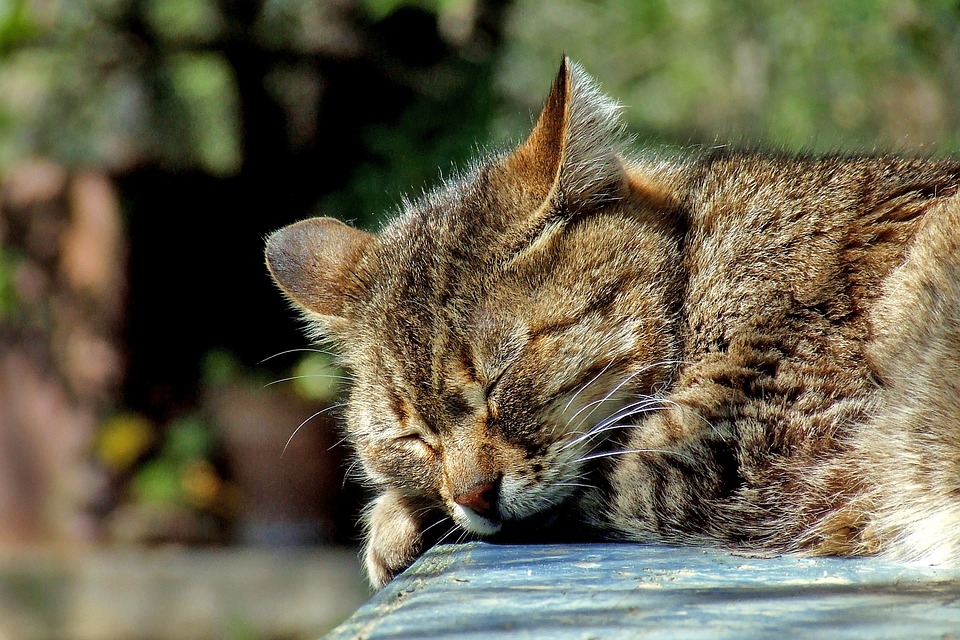Introduction
Garden flowers are a delightful addition to any outdoor space, bringing beauty and color to your surroundings. Cultivating stunning garden flowers from seed is a rewarding experience that allows you to witness the entire lifecycle of a plant, from its early stages to full bloom. Whether you are a seasoned gardener or a beginner, this article will guide you through the process of growing vibrant and healthy flowers in your garden.
Choosing the Right Seeds
The first step in cultivating stunning garden flowers is selecting the right seeds. Consider the climate, sunlight, and soil conditions of your garden. Some flowers prefer full sun, while others thrive in partial shade. Research the bloom time, height, and maintenance requirements of different flower varieties to choose those that are suitable for your garden.
Preparing the Soil
Preparing the soil is crucial for the success of your flower garden. Clear any debris, weeds, or rocks from the planting area. Loosen the soil and add organic matter such as compost to improve its fertility and drainage. Testing the soil pH and nutrient levels can also help determine if any amendments are needed to create an optimal growing environment for your flowers.
Sowing the Seeds
Follow the instructions on the seed packet for the appropriate sowing time. Some flowers are best sown directly into the soil, while others benefit from starting indoors and transplanting later. Be sure to provide adequate moisture and light during the germination process. Thin out seedlings if necessary to prevent overcrowding and promote healthier growth.
Caring for Seedlings
Once the seedlings have sprouted, it’s essential to provide them with proper care. Regularly water the plants, ensuring the soil remains moist but not overly saturated. Protect the seedlings from pests and diseases by applying organic insecticides or using natural pest control methods. Fertilize the plants with a balanced fertilizer to enhance their growth and strength.
Transplanting in the Garden
When the seedlings have grown a few inches tall and the risk of frost has passed, it’s time to transplant them into your garden. Choose a location that meets the specific requirements of the flower varieties you are growing. Dig a hole slightly larger than the root ball and gently place the plant in it. Firm the soil around the plant to eliminate air pockets and ensure good root-to-soil contact.
Watering and Maintenance
Water the transplanted flowers thoroughly after planting to help them establish their root systems. Ensure that the soil remains consistently moist, especially during dry periods. Mulching around the plants can help retain soil moisture, suppress weeds, and regulate soil temperature. Regularly remove spent flowers and deadhead to encourage continuous blooming.
Protecting from Pests and Diseases
Garden flowers can be susceptible to various pests and diseases. Monitor your plants regularly for signs of infestation or infection. Use organic pest control methods such as handpicking insects or using natural repellents. If necessary, consult with local gardening experts or extension offices to identify and treat specific issues affecting your flowers.
Frequently Asked Questions
FAQs Section
Q: How long does it take for seeds to germinate?
A: The germination time can vary depending on the flower species. It can range from a few days to several weeks. Refer to the seed packet for specific information on each variety.
Q: Can I grow flowers in containers or pots?
A: Absolutely! Many flowers thrive in containers. Just ensure the containers have proper drainage holes, use a good quality potting mix, and provide adequate water and sunlight for the plants.
Q: How often should I fertilize my garden flowers?
A: It depends on the flower variety and the fertilizer you are using. Generally, a slow-release balanced fertilizer applied every 4-6 weeks should suffice. However, always follow the instructions provided by the manufacturer.
Q: How can I prevent diseases from affecting my flowers?
A: To reduce the risk of diseases, provide proper air circulation, avoid overhead watering, and remove any infected plant debris. Additionally, choose disease-resistant flower varieties and use organic fungicides if necessary.
Q: Can I save seeds from my garden flowers for future planting?
A: Yes, you can harvest and save seeds from your garden flowers. Ensure the seeds are fully mature and dry before collecting them. Store them in a cool, dry place in labeled envelopes or containers until you are ready to plant them again.




